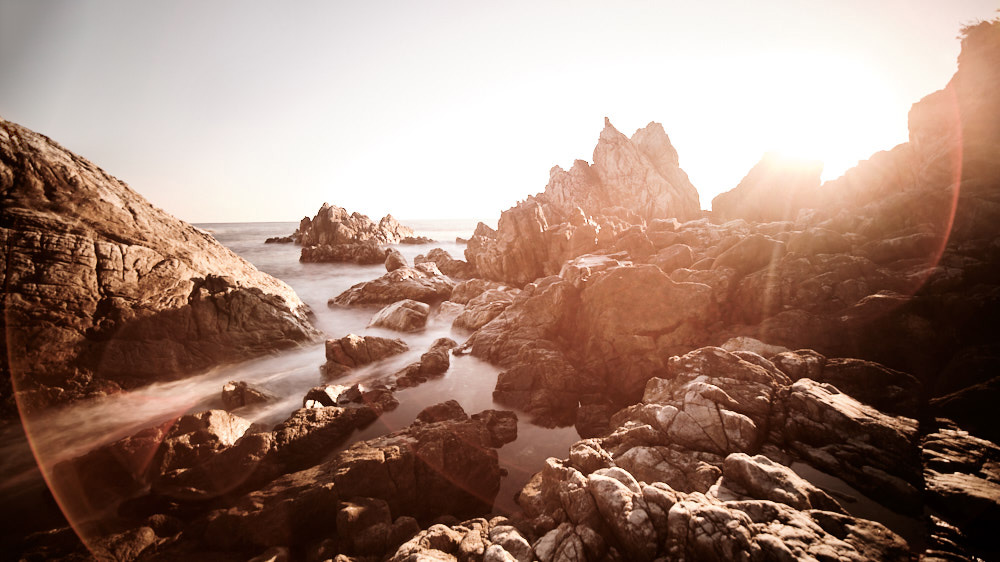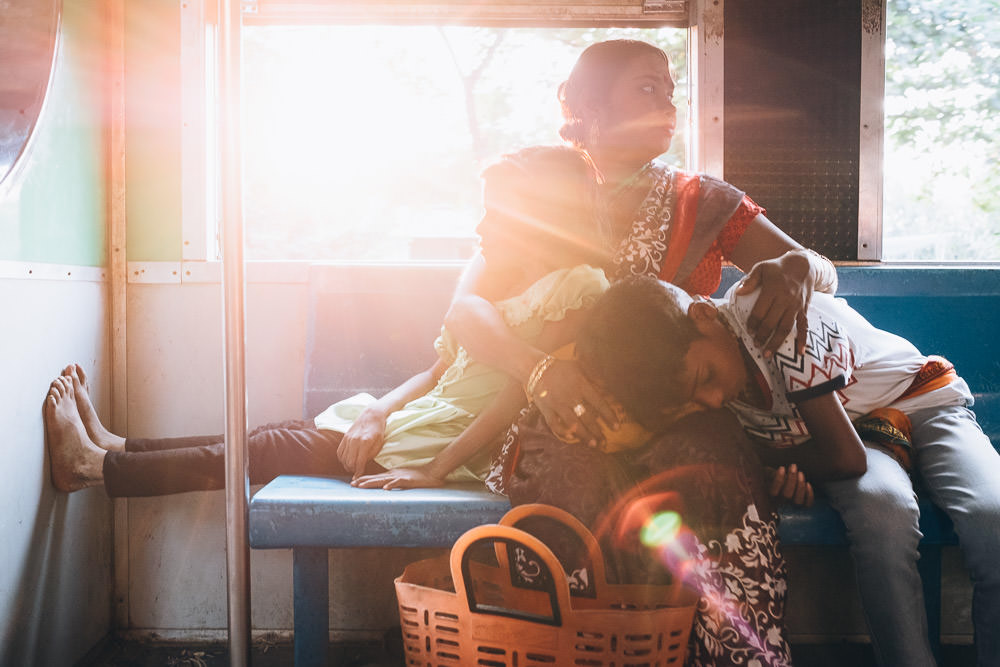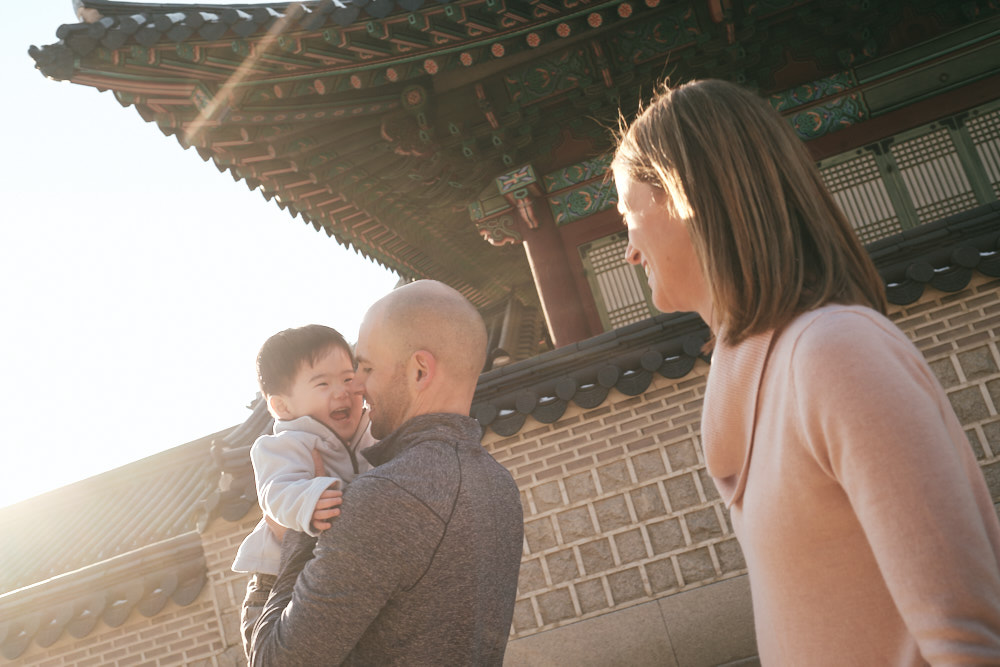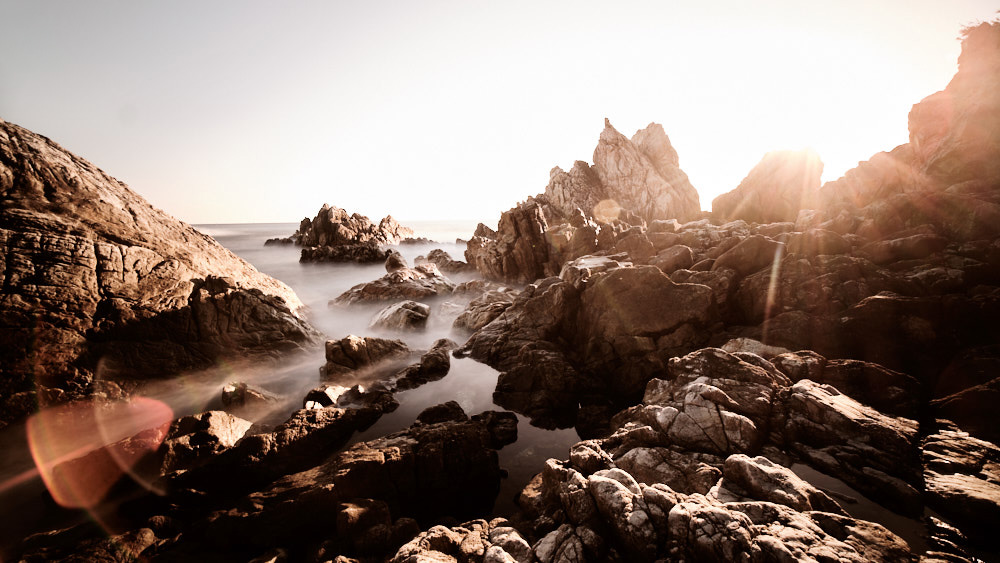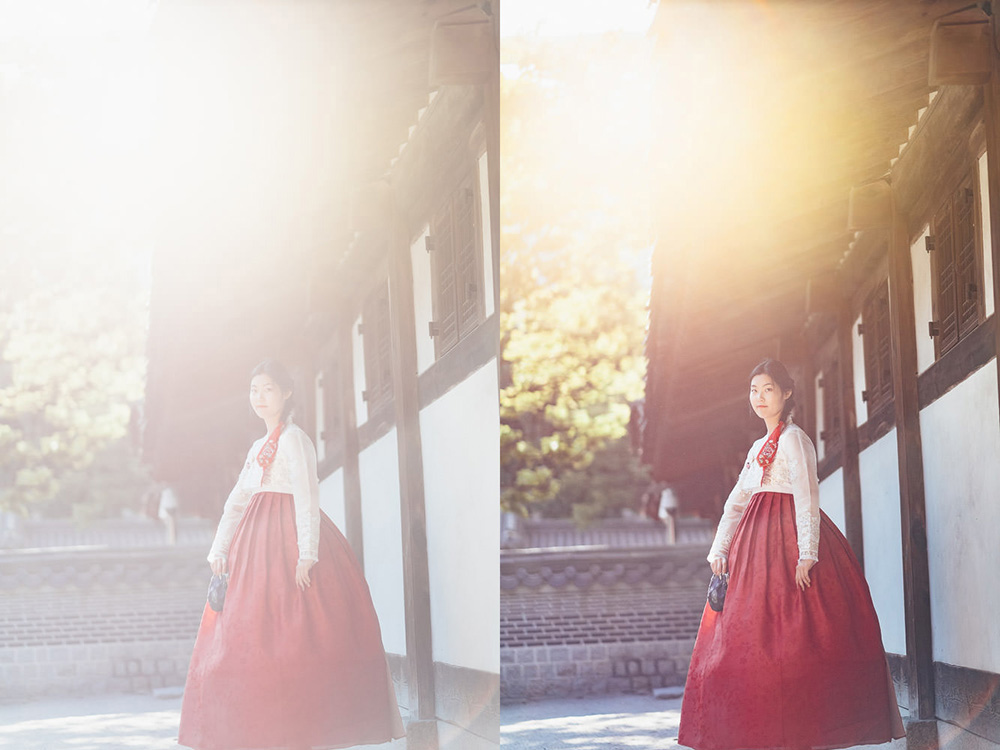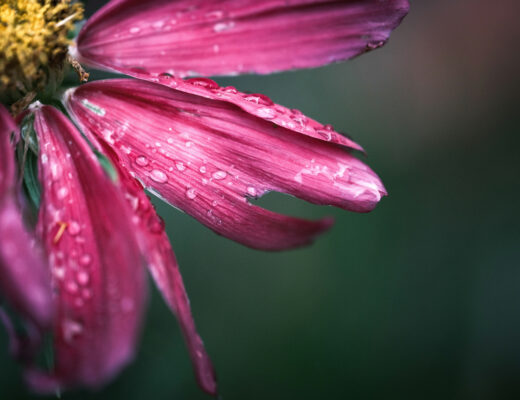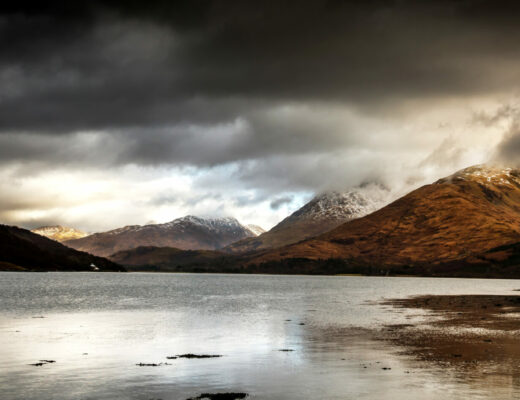Lens manufacturers, including Fujifilm, go to great lengths to organise and coat their lens elements to reduce the effects of flare on photographs captured. Fujifilm’s X Mount lenses are exceptionally well-corrected and do an excellent job of reducing visible flare. What do you do then, if you want to cause flare for creative effect?
While many photographers seek for absolute optical perfection in their images (for some applications, this is certainly of great importance), we’re going to look today at embracing those imperfections and making images that deliberately use them. Pixel peepers need read no further. The rest of this piece may cause you pain. Today, I’d like to celebrate flare in all its beauty and talk about why, sometimes, flare can add so much to an image.
Personally, I love flare and I use it a lot to create mood in my images. It can give us a sense of how bright a scene was, cover up parts of a scene we don’t want to show, or reduce contrast for a softer look. Let’s dive into how flare is created, how we can control it, and what affects the way it renders.
What causes flare?
Flare is caused by light scattering in unintended ways inside lens systems. Typically, this is most visible with very bright light sources. The goal of most photographic lenses is to focus light entering it and represent the scene in front of the lens as faithfully as possible. When that light strays from the paths the lens manufacturer intended, the result is flare.
Even the best lenses have some flare present at all times. How they manage that flare determines what imperfections will be present. A small level of contrast loss is to be expected from every photographic lens but manufacturers work very hard to make sure this is not even visible to photographers. However, this type of flare is not our concern today. We’re going to look at the much more prominent forms of flare like extreme contrast loss and ghosting.
Common flare types
Some of the most common types of flare we will come across in our day to day photography are reduced contrast and optical artefacts. Both of these are caused by light entering the lens and angles that the lens system cannot deal with effectively. Often, these angles are at the edges of the field of view or even outside of the field of view. These can be extremely difficult for lens manufacturers to correct for but give us an easy way to cause flare when we want it (if you happen to not want the flare, shading the lens with a hood or hand and changing your composition slightly are easy ways to reduce or remove it).
Reduced contrast
Loss of contrast due to flare can occur at varying degrees and really depends on the lens, the angle and intensity of the light entering the lens, the aperture used and various other factors. Sometimes, as is mostly intended by lens manufacturers, it can be imperceptible, while other times it can be quite noticeable. Depending on the severity and uniformity of the contrast loss, it can be very easy to correct in post-production by setting my black and white points to adjust the contrast. However, since we’re talking about the love of flare today, we’ll look at how it can be used to great effect.
In the image below, you can see a fairly extreme loss of contrast due to the sun being just outside of the frame to camera left. I like the softness this brings and the way it opens up the shadows for us to see into. We can use this to bring a much softer feeling to our images than if we blocked the direct light entering the lens and allowed all the hard work Fujifilm’s engineers had done perfecting the contrast of this lens to show itself. The lens used here was the XF23mmF1.4 and is one of Fujifilm’s lenses that is more susceptible to flare than others.
Aperture can also have a profound effect on flare. This image was made stopped down to f/5.6. Had I opened the lens up to f/1.4, the result would have been a much more pronounced loss of contrast and potentially a bloom on the left-hand side of the frame from the bright sun. It also would have blurred the stripe of light you see in the top left corner into a more subtle shape.
Visible artefacts
Above we saw a small visible artefact but let’s take a look at some more extreme examples. As most of Fujifilm’s XF lenses are corrected very effectively for flare, I often look to my third party lenses like the Mitakon 35mmF0.95 and Laowa 9mmF2.8 for extreme flare. Both have very distinctive flare, especially when used wide open.
In the scene below, we would get a really different image if the flare wasn’t present. I love the effect and how it takes me back, and reminding me of how bright the sun was shining that morning. This is one of my favourite uses of flare. It can really give the viewer a sense of what it was like to be where you were standing.
In these images from the Laowa 9mmF2.8, you can see the sort of flare we are able to create using this lens. The first image is made wide open at f/2.8. As you can see, a crimson semi-circle is formed on each side of the image. These are the result of light rays from the sun entering the lens at an angle. When the lens is pointed directly at the sun, a full circle appears. You might also notice that the centre of the image lacks contrast, while the corners have much stronger contrast.
The second image here is made at f/8. As you can see, the visible artefacts have taken on a very different appearance. The crimson circles are almost non-existent now and some new shapes have formed. In the top right corner, we have a couple of bright spots in the shape of the lens aperture (this is a common occurrence with many lenses). We also have some lines and shapes formed in the bottom left corner. The contrast across the image is also much more uniform when stopped down. Part of this could also be due to the Laowa lens’ extreme vignetting when used wide open. Part is also likely due to the flare causing a much greater loss of contrast when the lens is wide open.
When I’m working with scenes like this that are backlit, one of the considerations I always take into account is whether or not I want flare. Then, I’ll consider how I want that flare to look and choose the best lens for the job. For this image, I prefer the circles from the wide open image over the shapes formed when I stopped down. Which do you prefer? Do you like these at all? Can you see any other uses for such flare?
Different lens – different flare
As you can see above, the two lenses I’ve shown you so far have very different characteristics in their flare production. This is where we can experiment and look for different ways to make use of flare.
For example, the XF56mmF1.2 is very susceptible to flare when it is wide open and can sometimes produce a similar red circle to that seen in the Laowa or even a rainbow, but it is much harder to achieve with the 56mm. This lens does tend to lose contrast very quickly in backlit situations, however. In the example below, you can see this effect pushed to the extreme. If you want to, you can correct the contrast very easily with the dehaze slider in Lightroom, while retaining the interest of the blooming light at the top of the frame.
While we don’t have the word-count here to examine every lens and show examples of each, I encourage you to experiment with the lenses you own and see how they perform when shooting into the light. Try placing the light source inside and outside your composition and vary its position (slight changes can have huge effects). Try different apertures. Also try removing your lens hood (it is, after all, designed to reduce the effects of flare). These few factors will have dramatic effects on how flare is rendered by your lenses.
Conclusion
Flare doesn’t have to be something to be afraid of or to avoid. Like everything in our craft, it has its place and can be used creatively. Even though Fujifilm’s lenses are extremely well-corrected, we can still cause interesting flare by putting them in extreme situations. So, I hope that I’ve given you some inspiration to get out and experiment with the different ‘adverse’ effects flare can have.

